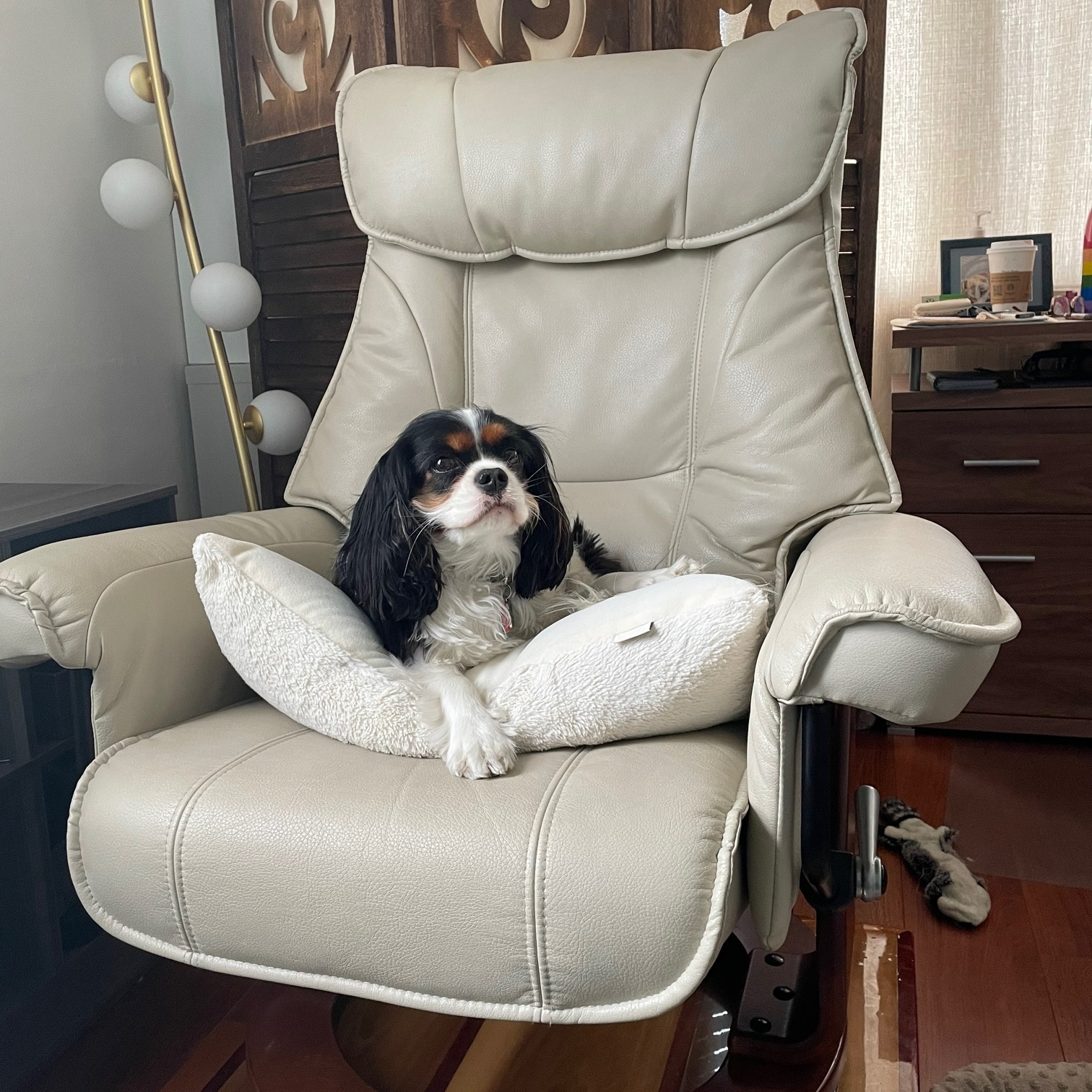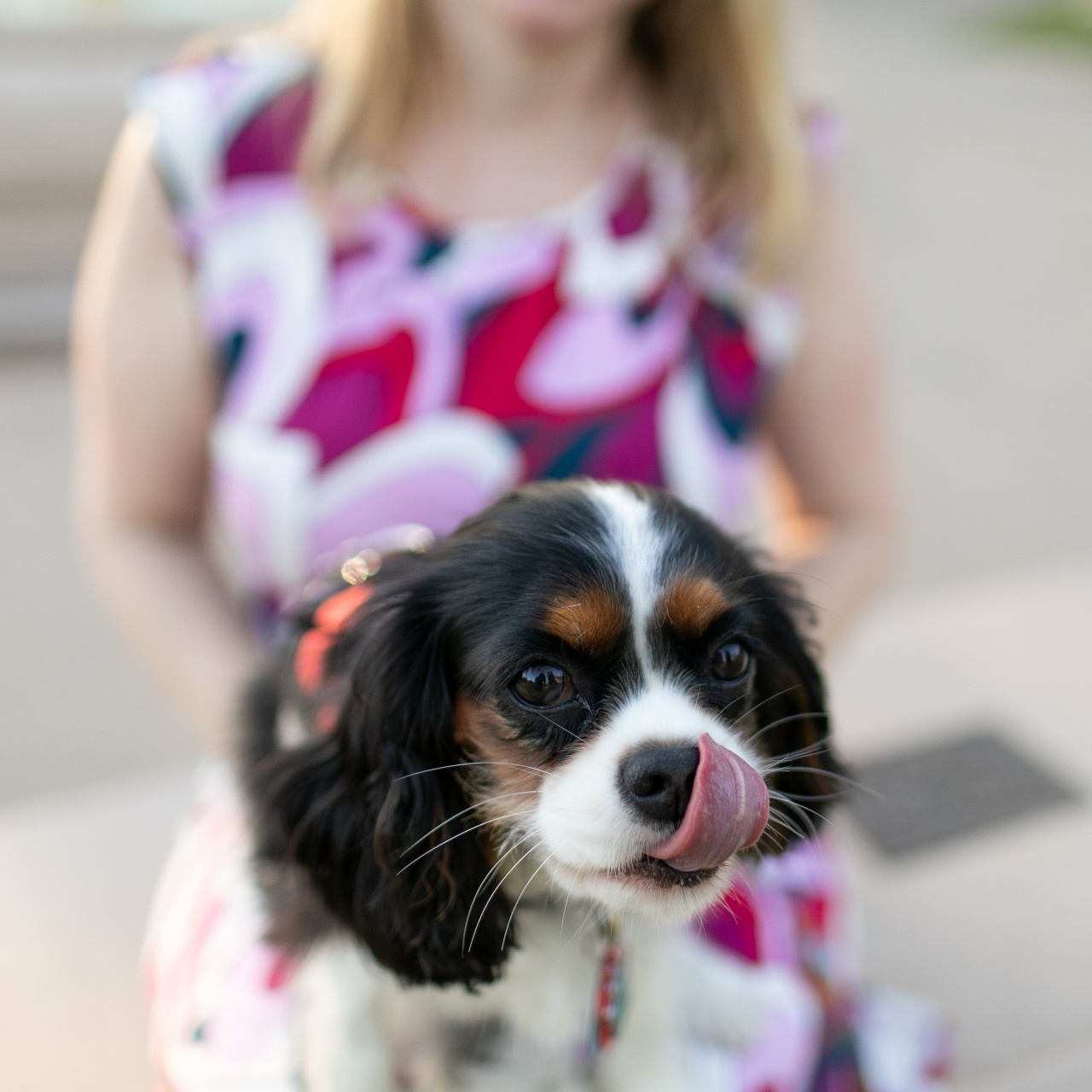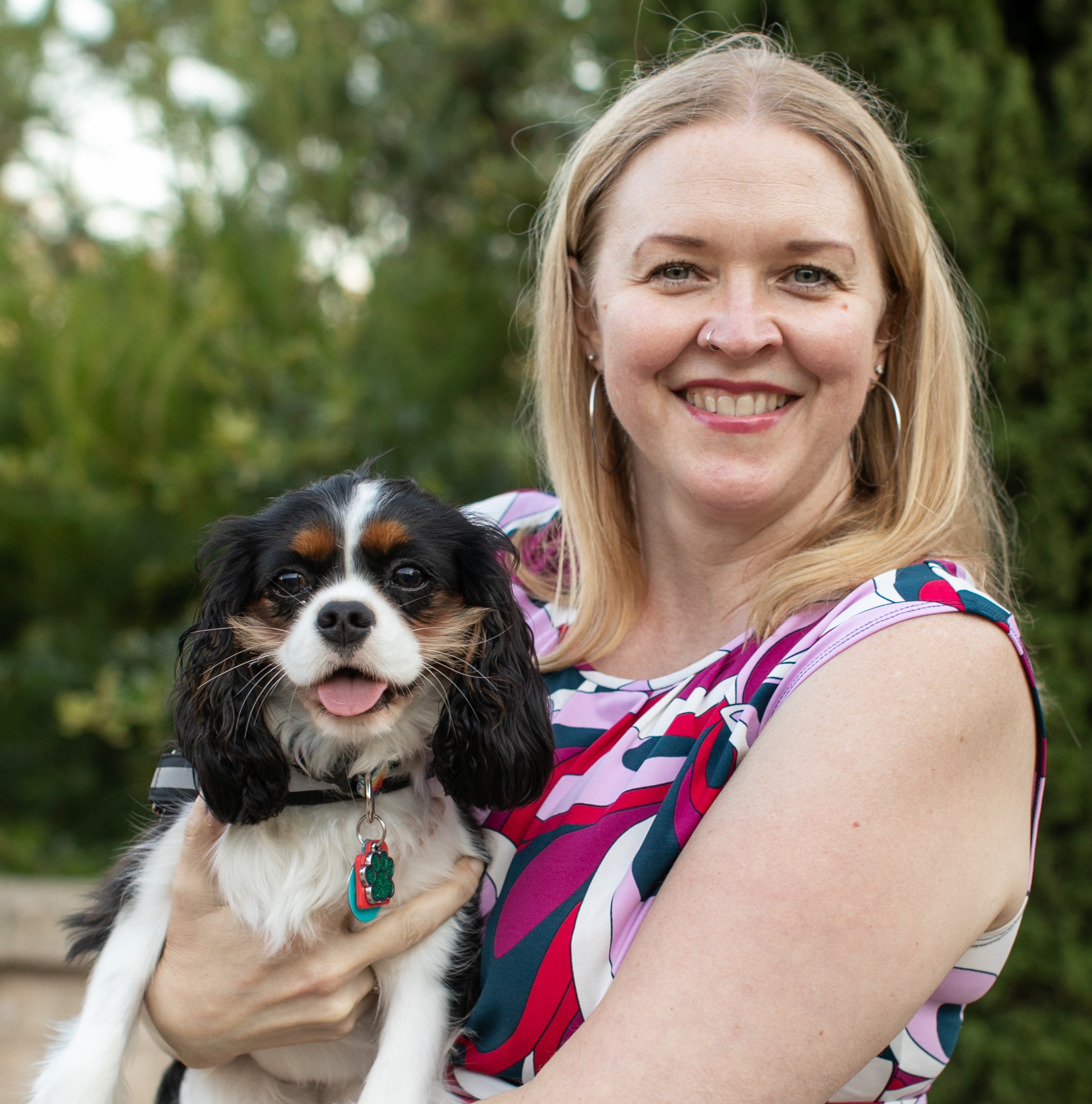Becoming aggressive (hitting, kicking, bites, pulls, pinches, etc.) toward the therapy dog will be considered grounds for termination of therapy.
It is important for the therapy dog to always be treated gently.
If you have allergies to dogs, this therapy practice may not be a good fit for you as my therapy dog is an integral part of my practice and will be present in the office daily. If you suffer from allergies it is your responsibility to inform me if you are having issues so that we can minimize those issues.
If you have a fear of dogs, please inform me ahead of time so that we can determine if this practice will be a good fit and how to minimize any fear reactions upon meeting the therapy dog.
If I determine that the therapy dog is tired and/or appears to not be up to engaging in the session, then I will allow them to not participate in session. Care for my dog’s well-being is important and her limits and preferences will be respected.
It is understood that the therapy dog will determine their level of interaction with others on any given day. The therapy dog will never be forced to interact if they demonstrate resistance, just as I will not force you to interact with them if you have no interest or demonstrate resistance.
You have the right to decline to interact with my therapy dog and they will be confined to their kennel for the session. It is your responsibility to let me know if you do not want to interact with the therapy dog in any given session.
If you have a service dog or emotional support dog that you wish to bring with you to session, we will need to discuss this ahead of time so that we can determine the best way to introduce our animals and minimize any possible disruptions to the therapy session.























